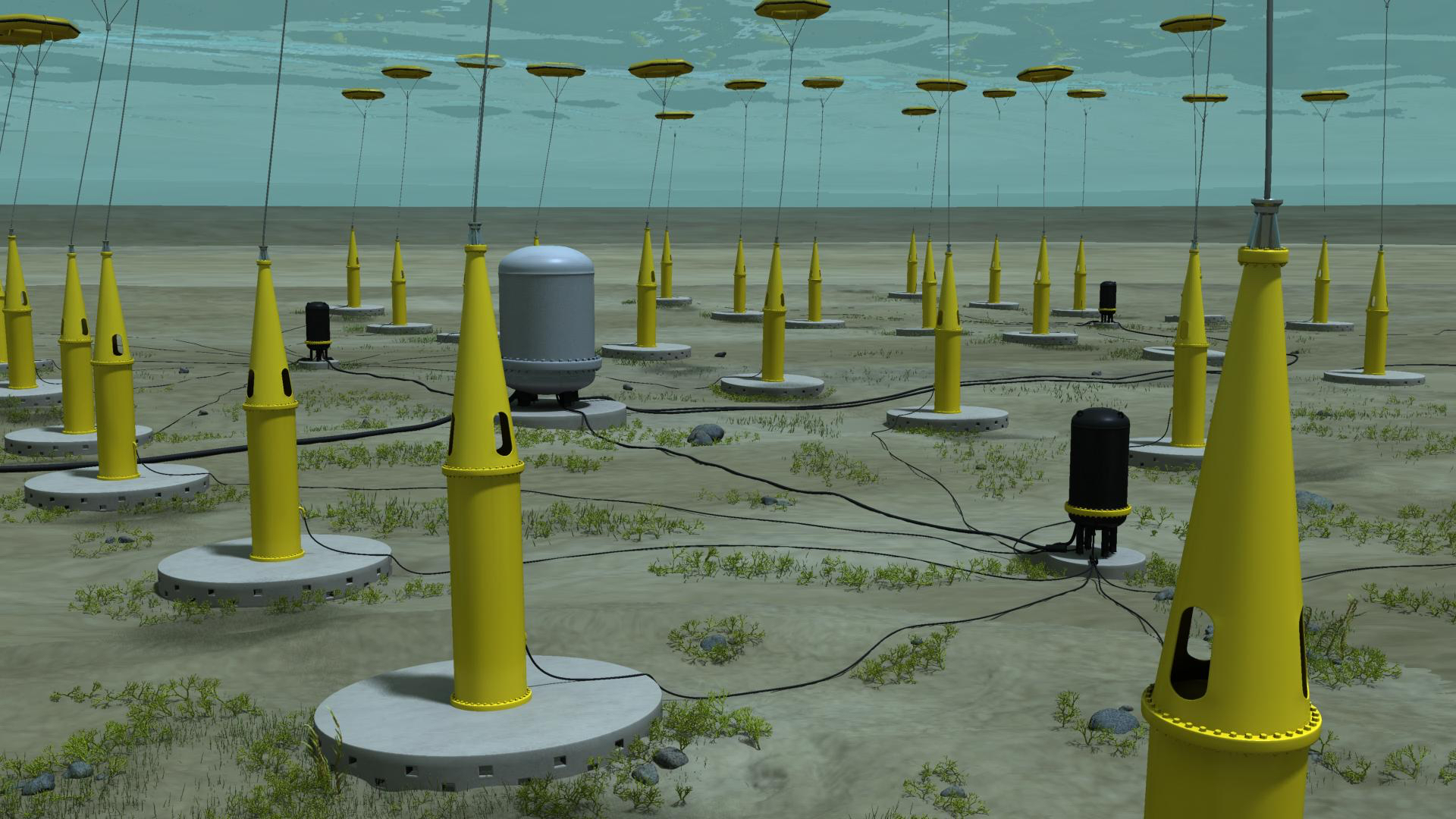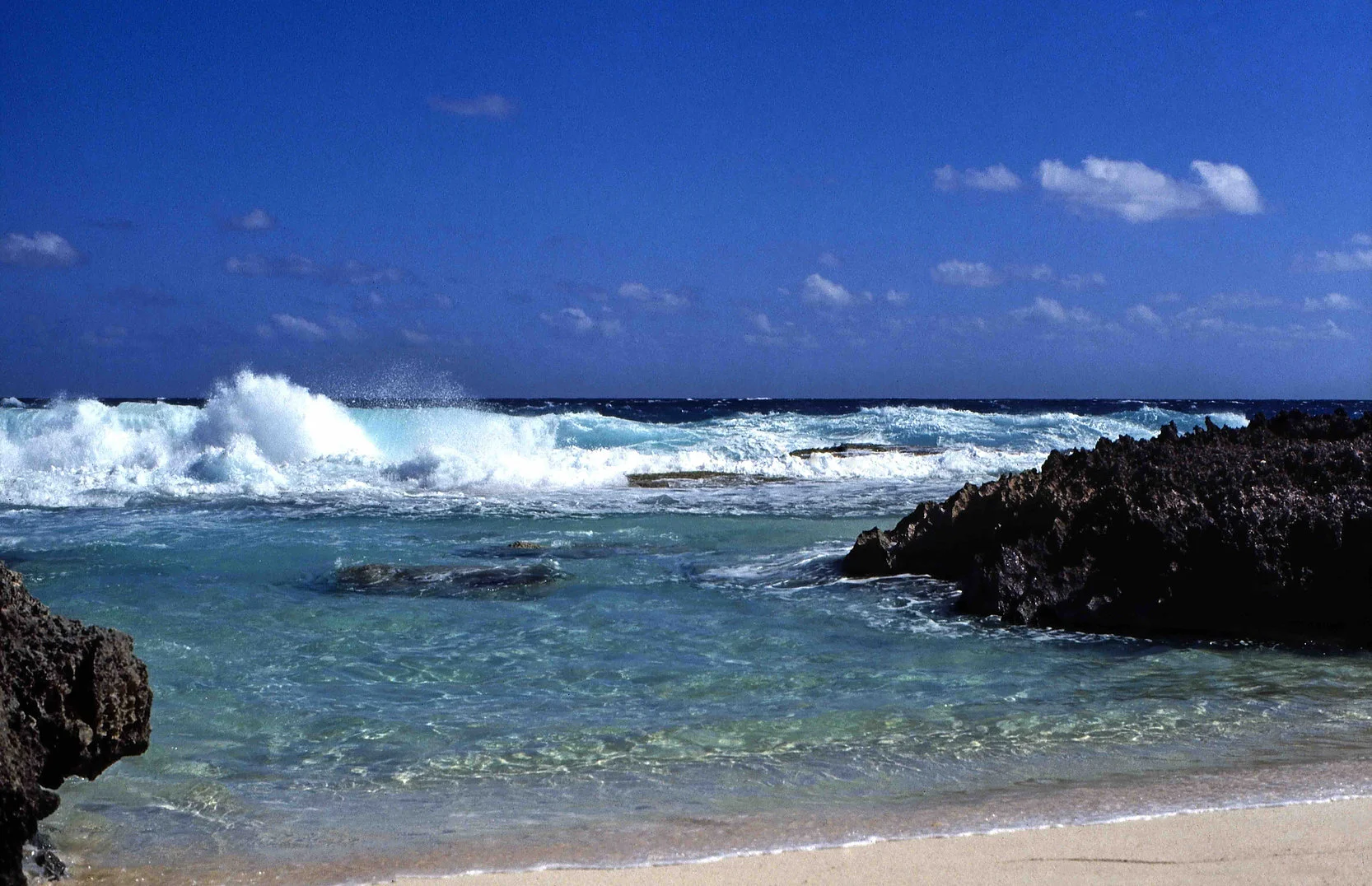By Laurent Albert, CEO, Seabased
The ability to combine the power of wave and wind to stabilize energy flow to the electric grid is one of the most exciting opportunities I’ve seen since I started with marine renewable technologies, because it has the potential to be a game changer.
It goes a long way toward solving the electricity grid’s need for a stable power supply and it's a double win for offshore wind developers, because elevating the baseload supplied to the grid lowers the risk of the power park.
Recent events in places like Japan and the UK, and related studies, suggest that the stability of today’s power grids is compromised when the energy supply fluctuates beyond a certain threshold (10-30%). It results in grid failure and a costly re-start process. This variability challenge will be a major factor in the planning and architecture of the renewable energy supply in the years to come.
People want their countries and communities to hit the ambitious targets they’ve set for renewable energy, but not at the risk of blackouts. Many resources have to be harnessed to help reach goals of 80-100% renewables, including battery storage and smart grid technology. Because they naturally peak at different times, coupling wave and wind can go a long way toward solving these challenges.
The time is now
The timing to capitalize on synergies between wave energy and offshore wind is auspicious. In 2019, a record 6.1 GW of new offshore wind capacity was installed. That brought more clean power to the grid, but also a challenge to make that variable power work with relatively stable grid demand. Adding wave power is a natural step because it creates more stability.
For industry experts, this fact alone is not a revelation, as the balancing act performed by wind and wave has garnered interest and study for at least a decade. However, due to the lack of a viable wave energy technology, it has merely been theory up to this point.
What is new for 2020 is that after years of research, experimentation, and work by scientists, engineers, entrepreneurs, and investors, the wave energy industry has reached a stage of development where pairing wave and wind is now a practical reality that can make life easier for grid operators on nearly every coast. As an engineer who has been working in marine renewables for the better part of a decade, I feel fortunate to be a part of this phase of wave energy’s evolution.
The challenge of variability
The supply of energy from many renewable sources is, by nature, quite variable. For many purposes, it’s handy that the sun sets at night and rises in the morning. However, this poses an issue for the grid.
Electricity grids are designed to work with a consistent flow of power that can meet the daily minimum demand—baseload--and also adjust to changes in demand. But it can be difficult to predict, days in advance, how much power a grid will be able to get from variable sources.
Though the world has doubled the installed capacity of renewables since 2009, reaching an impressive 2,500 GW in 2019, even the most advanced countries still only consistently derive around 30% of their power from renewables. Balancing renewables with renewables is a highly effective way to increase this penetration.
The game changer: wave and wind combined
Waves are highly predictable, completely renewable, and while they are not exactly available on demand - you can’t turn them on and off at will - waves work 24/7, 365. They are accessible to the 80% of the world’s largest cities, which are in coastal areas. Moreover, they surround islands, a huge number of which currently rely on expensive and polluting imported fossil fuels. So, wave energy can be an accessible, renewable, CO2-free power source, for hundreds of millions of people. It’s an immense resource: the estimated theoretical global output of wave power is 29,500 TWh/yr—roughly 125% of the current global demand for electricity.
Pairing ocean wave energy with offshore wind can be a game changer for renewable energy.
To illustrate the synergies between these two renewables, our team at Seabased studied the case of Galway Bay in Ireland. Historical data from wind and wave conditions shows how combining wave and wind could more than double the baseload available to the grid from a single ocean power facility.
Our study assumed both wind and wave were providing equal amounts of energy to the grid for two weeks in April that included no extreme weather. We paired wind data from the Photovoltaic Geographical Information System and wave data from Ifremer. The result is a rough approximation of the power that would have been generated over the period.
The data shows that though some days the wind could produce a lot of power, the baseload, or consistent power produced by the wind every day during this period, is pretty small.
Wave energy also has peaks and valleys, but they’re less dramatic during this period. The baseload is much larger.
Even more importantly, wave and wind peak at different times. If you look at the image below, which transposes the previous two, you can see that wave peaks when wind wanes, and vice versa. This gift of mother nature - the natural difference in timing of peaks and valleys - makes the combination very interesting for the grid.
While wave and wind provide different levels of power at different times, they are both providing some power all the time. In an ocean plant that combined wave and wind, the amount of electricity generated would be the sum of the two. If you stack the graphs to calculate how much power wind and wave would produce at the same time, you see that their alternating peaks and valleys mean that the combined baseload they provide, is greater than the sum of the two separate baseloads.
For these two weeks, the baseload would be 15MW. This is greater than the sum of 8MW for wave and 3MW for wind. The synergies of the peaks in production for each of the renewable sources is what makes this possible.
Other studies showed similar results.
Additional efficiencies may also be possible if offshore wind farms and wave energy parks are co-located. Some of the most expensive elements of offshore power include marine substations and subsea cables leading to the grid connection point. Costs for these and other supplies and labor can be shared. Moreover, if the two power sources were able to use the same ocean real estate to create more power, that would mean less of a demand on space in coastal waters, which must also accommodate other activities like fishing, tourism, and shipping.
The first known patent on wave energy was filed in 1799 by Pierre-Simon Girard, another French engineer, who saw the potential in the constant rolling of the waves toward the shore. It is thrilling to be in a position, 220 years later, to work with others in the renewable industry to use nature’s symbiosis to create clean energy that protects our planet.


















